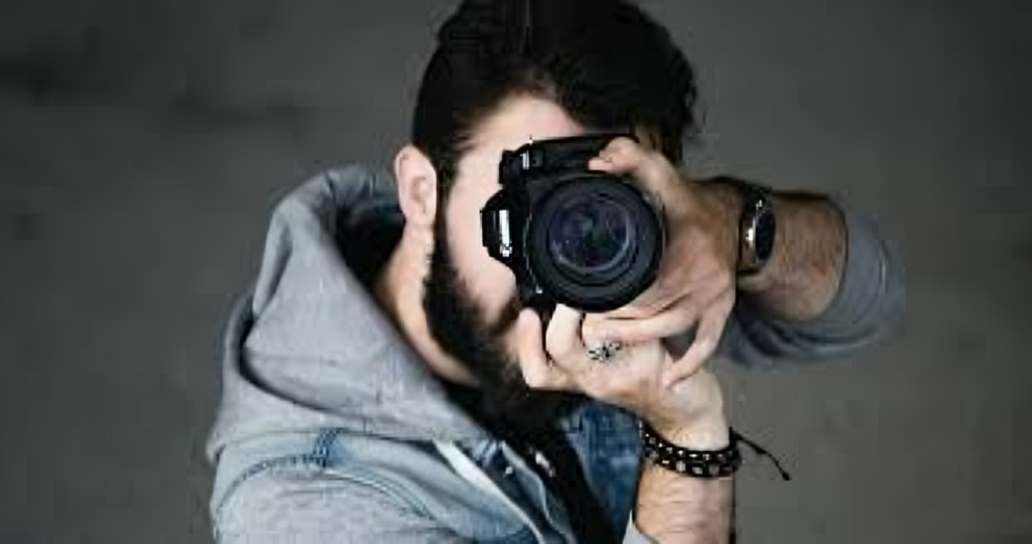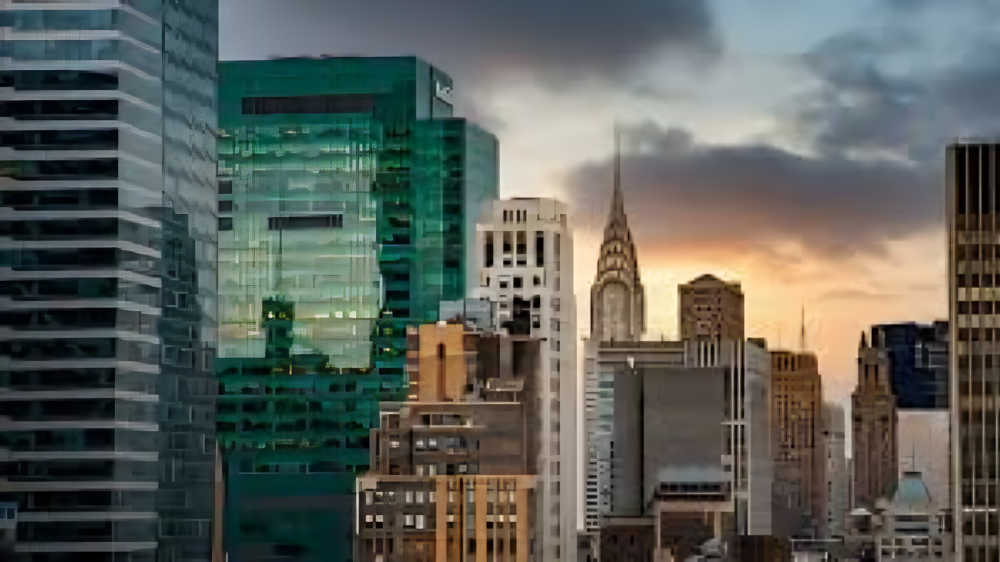Photeeq lens flare is a popular effect used in photography and digital imaging to create dramatic and artistic visuals. Whether you’re a professional photographer or a hobbyist, understanding how to use lens flare effectively can enhance your images and bring them to life. In this comprehensive guide, we’ll explore everything you need to know about Photeeq lens flare, its benefits, how to use it, and tips to achieve the best results.
What is Photeeq Lens Flare?
Photeeq lens flare refers to the optical effect that occurs when bright light, such as the sun or artificial light sources, interacts with a camera lens. This effect creates streaks, rings, or halos of light that add depth and visual appeal to an image. While lens flare can sometimes be an unwanted artifact, when used creatively, it can enhance the aesthetics of a photograph.
How Does Lens Flare Occur?
Lens flare occurs when light enters a camera lens and reflects off the internal lens elements. It usually happens when shooting directly into a bright light source, such as the sun or studio lights. Depending on the type of lens and angle of the light, lens flare can manifest in different shapes and patterns, such as:
- Circular or polygonal flares
- Streaks of light
- Hazy or washed-out areas
Benefits of Using Photeeq Lens Flare in Photography
Photeeq lens flare can be a powerful tool in photography, offering several benefits:
Adds a Dramatic Effect
Lens flare can make an image appear more dynamic and cinematic. It introduces a sense of movement and emotion, often used in movie scenes and editorial photography.
Enhances Realism
In certain scenarios, lens flare can add a touch of realism to an image, making it feel more authentic and natural. This is commonly used in landscape photography and outdoor portraits.
Creates a Warm and Dreamy Atmosphere
A well-placed lens flare can introduce a warm glow, making the image feel more inviting and nostalgic. This is particularly effective in sunset photography and backlit portraits.
How to Use Photeeq Lens Flare Effectively
To make the most of Photeeq lens flare, follow these tips:
Choose the Right Light Source
To achieve a beautiful lens flare, position your subject in front of a strong light source, such as the sun or a bright artificial light.
Experiment with Angles
Changing the angle of your camera in relation to the light source can alter the intensity and shape of the lens flare. Try different positions to see what works best for your composition.
Use a High-Quality Lens
Higher-quality lenses tend to produce more appealing and controlled lens flare effects. Prime lenses are particularly known for their ability to create artistic flares.
Adjust Your Camera Settings
Settings such as aperture, shutter speed, and ISO can affect the appearance of lens flare. A smaller aperture (higher f-stop) can create well-defined flare effects.
Use Lens Flare as a Composition Element
Incorporating lens flare into your composition intentionally can lead to stunning images. Positioning the flare to highlight certain parts of your subject can enhance the overall impact.
Common Mistakes to Avoid When Using Lens Flare
Overusing Lens Flare
While lens flare can enhance an image, excessive use can make it look unnatural and distracting.
Losing Image Clarity
If the lens flare is too strong, it can reduce contrast and make the image appear washed out. Adjust your exposure settings to maintain clarity.
Not Cleaning Your Lens
Dirty lenses can create unwanted distortions in the lens flare effect. Always ensure your lens is clean before shooting.
Photeeq Lens Flare in Post-Processing
If you want to add or enhance lens flare effects in post-processing, software like Adobe Photoshop and Lightroom can help. Here’s how:
Adding Lens Flare in Photoshop
- Open your image in Photoshop.
- Go to Filter > Render > Lens Flare.
- Choose the flare type and position it in your image.
Enhancing Natural Lens Flare in Lightroom
- Increase the warmth and exposure to enhance the glow effect.
- Adjust clarity and contrast to maintain details in the image.
Best Scenarios for Using Photeeq Lens Flare
Lens flare can be used in various photography styles to enhance the mood and storytelling aspect of an image. Some of the best scenarios include:
Golden Hour Photography
Shooting during sunrise or sunset can create stunning natural lens flares that add warmth to your images.
Portrait Photography
Backlit portraits with a subtle lens flare can add a dreamy and cinematic feel to the shots.
Urban and Street Photography
Streetlights and car headlights can create interesting lens flares in urban settings, adding energy and depth to the composition.
FAQs About Photeeq Lens Flare
Q: Is lens flare good or bad for photography?
It depends on how it’s used. When controlled properly, lens flare can enhance an image. However, excessive or unintentional flare can reduce image quality.
Q: Can lens flare be removed from an image?
Yes, lens flare can be removed using photo editing software like Photoshop or Lightroom.
Q: Does every camera lens produce lens flare?
All lenses can produce lens flare, but higher-quality lenses tend to handle flare better and create more aesthetically pleasing effects.
Q: Can lens flare damage my camera?
No, lens flare itself does not damage a camera, but prolonged exposure to direct sunlight can overheat the sensor and cause damage.
Q: How can I avoid unwanted lens flare?
Using a lens hood or adjusting your shooting angle can help minimize unwanted lens flare.
Conclusion
Photeeq lens flare is an artistic effect that can elevate your photography by adding drama, warmth, and realism. Whether you capture natural lens flares in-camera or enhance them in post-processing, understanding how to use this effect properly can make a significant difference in your work. By following the tips and best practices outlined in this guide, you can create stunning visuals that stand out. Happy shooting!




